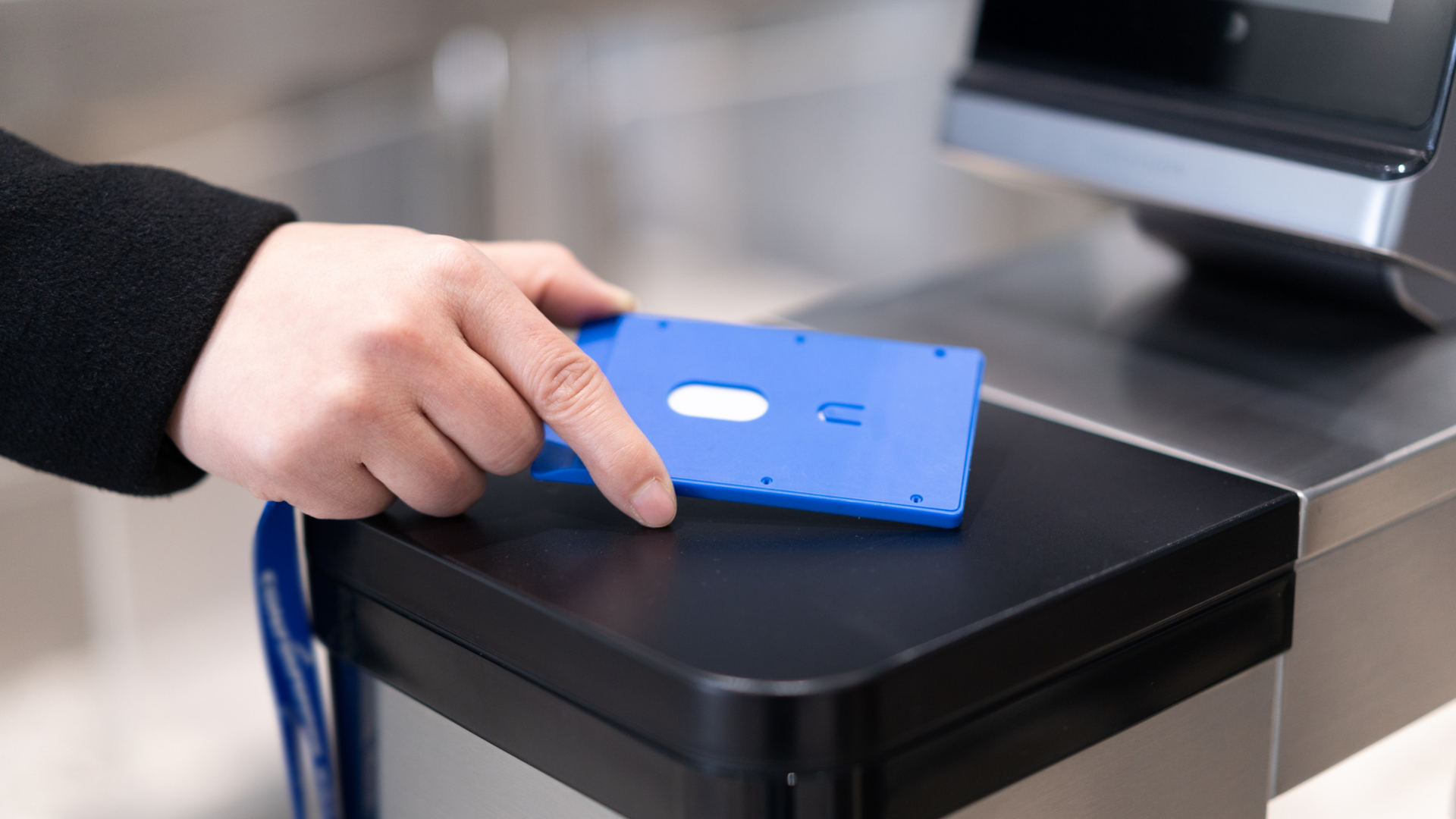
Compared to CPUs and GPUs, the 'processor' used is so small that it honestly beggars belief.
They don’t require a battery. They don’t need to be plugged into anything. You just wave them at a sensor and then you’re on your way to pay for goods, travel on a subway, or ride on a bus. NFC cards might appear to work by magic but it’s just good old-fashioned electronic engineering. But the scale of what goes on is really incredible, as one distinguished computer scientist discovered.
That person just so happens to be Ken Shirriff, who apart from having a post doctorate in computer science and decades of experience working for Sun, Microsoft, Google, and others, also likes to explore the inner workings of chips by reverse engineering them. On X and his blog, Shirriff took a travel card for the Montreal subway system and delved into how the NFC (near-field communications) card works.
To use the Montreal subway, you tap a paper ticket against the turnstile and it opens. But how does it work? And how can the ticket be so cheap that it’s disposable? I opened up the tiny NFC chip inside to find out more… 1/15 pic.twitter.com/OlQkkikp0mJune 23, 2024
The largest part of the whole setup is the antenna—it picks up the 13.56 MHz radio wave signal from the sensor’s transmitter and it also provides the means to power the chip. The wave’s tiny amount of energy is all that’s required. But given that the processor (or rather, the digital controller) is smaller than a grain of salt, it’s not surprising that so little power is required.
It’s so small that Shirriff ran into all kinds of problems trying to remove it from the card and etch down its layers, to see the logic circuits inside. In his own words, just “bumping the chip or even breathing on it can send the chip flying perhaps never to be seen again.”
Processor die images are things of wonder and we’ve all gazed and wondered at the work of the likes of Fritchen Fritz. This thing is on another level altogether, though. Not because it comprises billions of transistors (it doesn’t) or because it’s made on a cutting-edge process node (it very much isn’t)—it’s the fact that you can see the individual transistors making up the logic gates that process the data.
Shirriff estimates that the chip is made on a 180nm process node, as the transistor’s layers are a little outside the limits of his optical microscope. And speaking of microscopic, the chip’s dimensions are absurdly small: 570 x 485 microns (millionths of a metre), and between 70 and 120 microns thick. To give this some kind of context, albeit a rather silly one, you could fit more than 2,200 of them inside the AD102 GPU used in an Nvidia GeForce RTX 4090.
You might think it’s somewhat ridiculous that these chips are manufactured to be disposable. After all, once the card wears out or is no longer accepted, they’re not recycled in any way. But as Shirriff points out, NFC chip manufacturers, such as NXP Semiconductors, don’t sell them individually—you buy the entire silicon wafer that they’re made on for a cost of up to $12,000 depending on the size.
That single wafer will give you over 200,000 usable dies, so NFC card makers are only looking at six cents per die, which will only be a tiny fraction of the manufacturing cost of the entire card. Similar chips, ones with more security features, are used in contactless bank cards, hotel room ‘keys’, and smartphones of course.
(Image credit: Future)
Best CPU for gaming: The top chips from Intel and AMD.
Best gaming motherboard: The right boards.
Best graphics card: Your perfect pixel-pusher awaits.
Best SSD for gaming: Get into the game ahead of the rest.
This particular chip mostly comprises circuits to process instructions carried by the radio wave, along with a block of EEPROM (electronically erasable programmable read-only memory). It’s the latter that stores the details accessed by the NFC sensor and in this case, what travel is permitted by the card holder.
Shirriff breaks down what each part in the chip does and it’s well worth your time reading through the whole blog post.
In the space of a few decades, we’ve gone from using PINs with magnetic strips, and then so-called smart chips, to microscopic, disposable silicon to pay for goods and travel on public systems. It’s a tribute to the skills of engineers and scientists that we take such things for granted.
I kind of miss my high school days of messing about with 741 op-amps to make lights go all flashy-flashy in the electronics lab—I really should have stuck at it!






